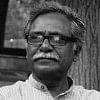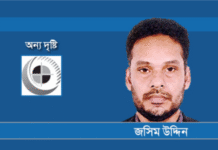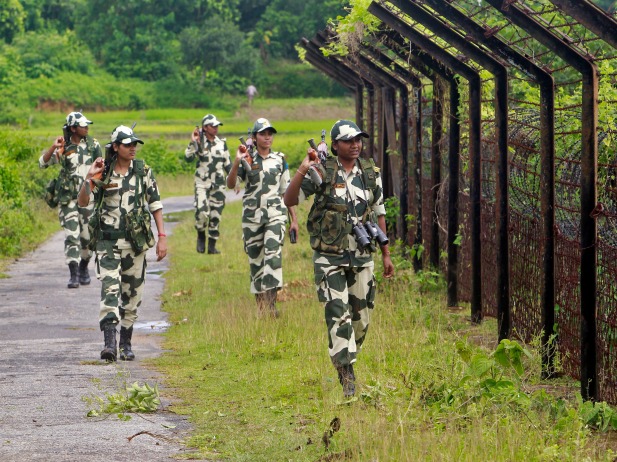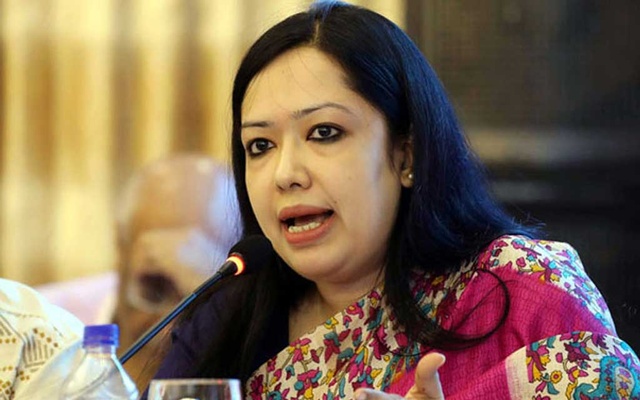
Last update on: Sun Jul 20, 2025 08:00 AM

The July people’s uprising was the result of many years of built-up grievances. Through this movement, the people of Bangladesh expressed their protest using a language shaped by long-standing discontent. We have seen many times before that when people’s dissatisfaction reaches a breaking point, they rise up. This was evident during the Language Movement of 1952, which eventually led to the fall of the Muslim League in 1954. In 1969, another mass uprising helped pave the way for the Liberation War in 1971, which ultimately brought down Pakistan’s rule. In 1990, a people’s movement ended General Ershad’s long military dictatorship. In the same way, the mass uprising of 2024 brought down an autocratic regime that had held on to power for over 15 years.
Localised uprisings have also carried deep significance in Bangladesh. For example, the people of Dinajpur rose up after police raped and murdered a teenage girl named Yasmin in 1995. This ignited a new phase in the anti-rape movement in the following years. In 2006, a massive uprising in the northern part of the country forced the cancellation of a destructive multinational open-pit coal mining project in Phulbari. Similarly, a government plan to build an airport by destroying Arial Beel was also halted due to local resistance.
These events show a clear pattern: when people are pushed to the edge—when their voices are ignored, their demands dismissed, their hopes silenced, and their protests crushed—they rise together, sooner or later. This was the same path that led to the 2024 mass uprising.
In fact, the ground for the latest countrywide uprising had been laid over the 15 years of Sheikh Hasina’s autocratic rule. During this time, people resisted in different ways at different levels. In 2008, Awami League returned to power with a large majority of public votes. But soon after, it took steps to remain in power permanently without holding credible elections. The constitution was amended, and the caretaker government system was abolished. At the same time, to gain favour with countries like India, China, Russia, the United States, and Japan, the government partnered with their companies on various mega-projects against the people’s interests. These steps effectively built a global alliance of plunder and opened the door to widespread corruption, irregularities, and a system where authoritarian rule and looting of wealth went hand in hand.
Since 2014, the government shut down all meaningful avenues for electoral change. Alongside this, democratic rights were increasingly attacked. Surveillance intensified—both online and offline—and repression reached alarming levels, with “crossfire” killings and enforced disappearances becoming commonplace. At the same time, harmful projects and deals that endangered people’s lives and the environment continued to be pushed forward.
Naturally, protests and resistance grew in response. The movement demanding elections under a caretaker government saw ups and downs; many political parties were vocal on this issue. There were also significant people’s movements to protect natural resources, the environment, and public rights. Among these, the movement to protect the Sundarbans stood out. It brought people from all walks of life in a nationwide campaign that lasted nearly a decade. This movement revealed the government’s increasingly authoritarian nature and its dependence on India. It was one of the most broad-based popular movements in recent history.
Alongside it, the Road Safety Movement led by teenage students and the Quota Reform Movement by graduate and soon-to-be-graduate students helped further amplify public voices against structural discrimination and repression. Despite the government’s brutal repressive measures, all these protests gradually built up the energy that fuelled the 2024 uprising. So, the July uprising cannot be understood solely through the lens of what happened that month or in early August. It is the outcome of various struggles carried out over the past 15 years. This is one key feature of this movement.
The second key feature of the 2024 uprising is that it differed from the ones in 1952, 1969, and 1990. In those earlier uprisings, there were declared political goals, leading organisations, and widely known political leaders. Their aims and messages were clearly communicated to the public. But in 2024, there were no central or familiar leaders guiding the movement. The Students Against Discrimination (SAD) began the movement for parity in access to jobs, but it turned into an anti-government uprising after the authorities unleashed atrocities on the students. The rage that had been building for years—against economic exploitation, plunder, oppression, and torture—reached a new level. When the government responded with indiscriminate killings, people from all walks of life joined in: workers, students, teachers, journalists, writers, artists, activists from different political camps. At that stage, people did not take to the streets following the call of any leader. They came on their own, and leadership emerged from within. Significantly, no one political party or leading figure stood out as the face of the movement.
Therefore, this uprising was driven by people from all backgrounds, united in their opposition to authoritarian rule, plunder, and atrocities. There was no formal manifesto, but a vision for a humane Bangladesh became clearer through the protests. One of the most powerful forms of expression came in the form of graffiti. These writings and illustrations on walls reflected the calls to end class injustice, ethnic oppression, gender inequality, and religious discrimination. The idea of a discrimination-free Bangladesh, shared mostly by young people, began to take shape through this uprising.
Those who uphold discriminatory ideologies—who seek to widen class divides, reinforce gender inequality, impose religious divisions, or promote ethnic discrimination—stand against the spirit of this movement. The July uprising was born out of people’s desire to end these forms of oppression and discrimination. Therefore, its most important task is to build the ideology, politics, and people’s power needed to establish a Bangladesh free from inequality and repression. The institutions and ideological support needed to realise that vision must now be strengthened.
This is the challenge of our time. On the first anniversary of the July mass uprising, it is our responsibility to deepen and expand all cultural, political, and social efforts towards that goal.
Anu Muhammad is a former professor of economics at Jahangirnagar University.
Views expressed in this article are the author’s own.









